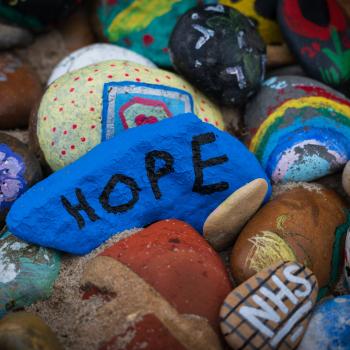New Yorkers have a lot of strange habits. We live in a unique city, and unique behaviors develop.
One of the most interesting of these behaviors is the way we act on a subway platform while waiting for the train. If you find yourself in this setting, you will notice a few sporadic individuals engaged in this activity. They will take a couple trepidatious steps to the edge of the platform and look as far down the track as they can.
Why do we do this?
The Depth of the Pit

The pit of despair is the area of the mood curve where our expectations don’t meet reality. The reality of the mood curve is universal throughout all human enterprises. The only difference is the depth of the pit.
This is why we look down the train tracks. We are trying to lessen the depth of our anxiety. New Yorkers are impatient about the unreliable trains. Although they have signs on the platforms that tell us how long we’ll have to wait, we need to see it for ourselves.
We are looking for a sign of hope. Or, at the very least, we are looking for the truth (the signage is occasionally inaccurate). Because if we know the truth, we are more equipped to deal with our circumstances.
Minimized Despair

Just like NYC commuters, humans cannot completely avoid despair. Sometimes expectations don’t meet reality and it hurts. We become frustrated, annoyed, and angry people.
But, there are two things we can do to minimize the depth of our despair, and shorten the plunge into the pit.
First, we can seek the truth. That, again, is what commuters are doing. They are looking for hope, for the clear reality of the situation. Once we have that information, we are equipped to make a choice. We can either huff and puff and get angry or we can sigh and settle into perseverance. But the key is knowing the truth. Rather than trusting our emotions or following the many garbled voices of this world, we can look for the sure evidence that a train is coming. Whether the evidence is there or not, we at least are provided with the fullest scope of truth possible.
The second thing we can do to lesson our despair is to accept circumstances for what they are worth. Some New Yorkers pace anxiously from the platform edge to the wall and back, over and over. As if looking down the platform summons the train.
The best practice is to look for the truth and then settle into it. If the train isn’t coming, grab a book or strike up a conversation with a friend. Take the waiting as an opportunity rather than a sentence.
Despair is an ever-present threat in this fallen world. But there are things we can do to prepare for and lessen its impact. The key is to be mindful of the truth, aware of the possibility of despair (but not obsessed with it) and take ownership of our choices along the way. To adopt a healthy perspective in any circumstance prepares our hearts and minds for the worst of circumstances. When we do this, the inevitable despair will still hurt, but it will hurt a little less.











